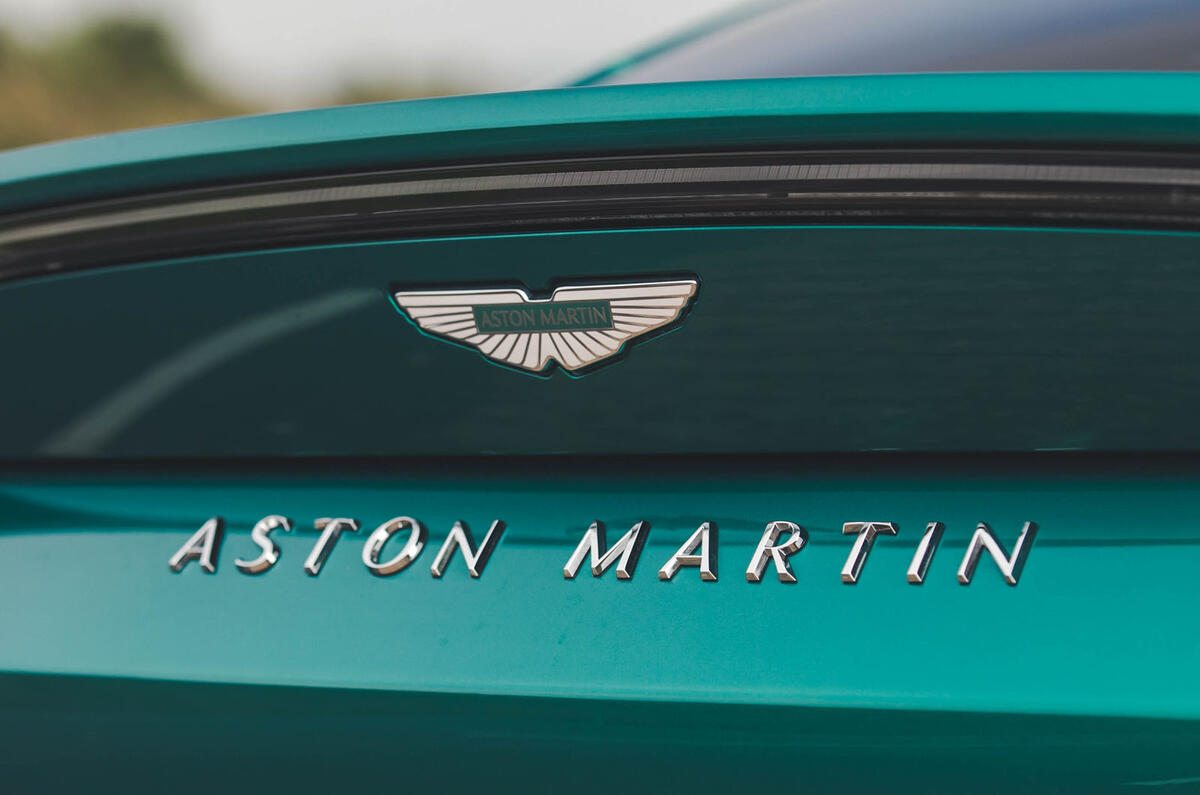Aston Martin is aiming for record annual sales of around 8000 a year as part of new boss Adrian Hallmark’s plan to return the persistently loss-making company to profit.
Hallmark, formerly boss of Bentley, told investors he’d undergone “60 days of intense learning” since joining the company at the start of September.
His first move was to shrink previously guided sales targets for this year to around 6000 units from more than 7000, citing supply-chain issues as well as low Chinese demand.
The hard reset battered the company share price, dropping its valuation below £1 billion for the first time since it was listed in 2019.
However, last week Hallmark shared his vision of a more positive future as he outlined his plans to finally propel Aston Martin into the ranks of profitable ultra-pricey car companies, including Bentley, Ferrari, Lamborghini and Rolls-Royce. “My priority going forward is maximising the incredible commercial potential of the brand,” Hallmark told analysts on 2 November during the company’s third-quarter earnings call.
Right now, Aston Martin still eats more cash than it generates. The company posted a £26.7 million operating loss for the three months ending in September, taking its loss for the year to £133m.
Hallmark pitched to investors the possibility of light at the end of this dark tunnel, drawing on his experience at Bentley to give credibility to his message. Among his plans were an “intense approach” to controlling costs as well as unlocking an increasingly lucrative market for extras. “The number of options that we offer compared with competition is significantly lower,” Hallmark said.
Analysts pushed Hallmark on the reasons behind unfavourable comparisons between Aston Martin and his old brand, Bentley, starting with the stubbornly low annual sales. “Bentley last year sold twice the volume of Aston Martin with arguably a more condensed product line-up, which started at a higher price point,” said George Galliers, analyst at banking firm Goldman Sachs. “Why is Bentley able to achieve so much higher volume than Aston Martin, with seemingly a product line-up that addresses a smaller market?”
Last year, Bentley sold 13,560 cars compared with 6620 for Aston. Aston had originally guided for “high single-digit-percentage growth” in wholesales (sales to dealers) this year, which would have propelled it past 7000 for only the second time in its history.
Hallmark’s course correction scuppered that, but he did promise to grow sales in the mid-term. “I think 8000 is probably a realistic level as a limit,” he said, but he also cautioned that hitting sales targets wasn’t a priority. "Bottom-line cash and profit are what we're going to be obsessively focused on, not volume,” he said.






Add your comment